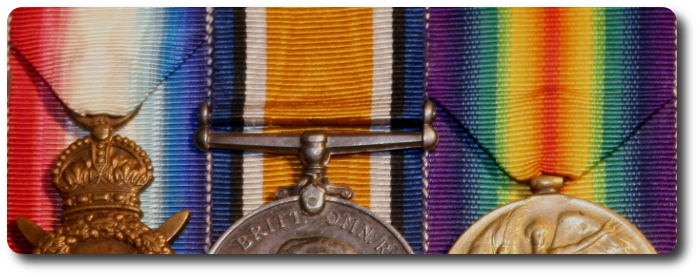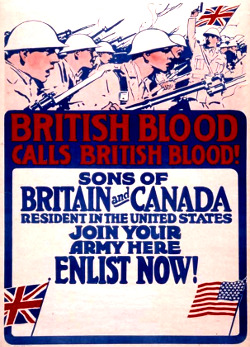Topic: CEF

Trench Relief is Dangerous Piece of Work, Says Lieutenant Mitchell
Lieutenant J.H. Mitchell
Officer in Charge British-Canadian Recruiting Mission
Spokane Daily Chronicle, 23 November 1917

Richard Holt (2015) British Blood Calls British Blood The British-Canadian Recruiting Mission of 1917-1918, Canadian Military History: Vol. 22: Iss. 1, Article 4.
The problem of trench relief is a very difficult one, especially to troops who are going in the front line for the first time or even to experienced men when they have to occupy trenches which are new to them. Reliefs are always made at night and it is considered an unusual opportunity to inflict damage upon the enemy when it is possible to know that a relief is taking place.
During the relief the trenches hold twice as many men as there is accommodation for. The communication trenches are usually crowded with men passing up and down. If any unusual noise or activity is observed by the enemy, a bombardment may be started which would cause demoralization and heavy loss of life.
The relieving troops leave the camps or billets by daylight and proceed as near as possible to the front lines, and wait until it becomes dark enough to enable them to be free from observation during the relief. Each platoon, consisting of from 35 to 60 men, moves forward under command of the lieutenant, as an individual unit. Every platoon is met by a guide sent back from the platoon which it is to relieve. The guide then leads the platoon into the sector of the platoon which it is to relieve, and the different positions are exchanged as rapidly and as quietly as possible.
Each man of the relieving platoon carries his day's rations, water, ammunition and periscopes with him. Bombs, rifle grenades, flares, rockets, etc., are known as "trench stores." They are left in the trenches and handed over from one platoon to another, thus cutting down the amount of supplies which necessarily has to be carried in with each relief.
As has been stated before, every precaution is taken so that the enemy may not be aware that the units in the trenches have been relieved. The same amount of firing and the same quantity of flares are sent up by the relieving troops after they have taken up their position as has been done by the men who have held the trenched preceding them, and in most cases, even though the enemy trenches are only 35 or 40 yards away, reliefs are accomplished without difficulty. After being relieved the troops who have held the trenches get clear as rapidly as possible, their one idea being to get back to more comfortable surroundings. In some cases troops after being relieved in the front line are sent back into support and reserve positions and then forward into the front line again before being finally relieved.
The return from the trenches to billets is a very tiresome journey, as the men are tired, sometimes wet, and the march is fatiguing after the time spent in the trenches, during which there is little movement. On arrival in camp, breakfast, including plenty of hot tea, is served, and the day is spent in rest and cleaning up. The next day, if possible, men are given hot baths at the army bath houses and fresh clothing and as soon as this is done training again starts and is continued without pause until they are again called upon for duty.

